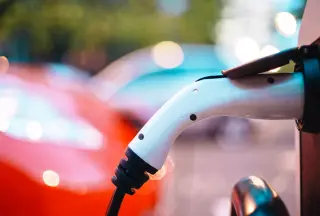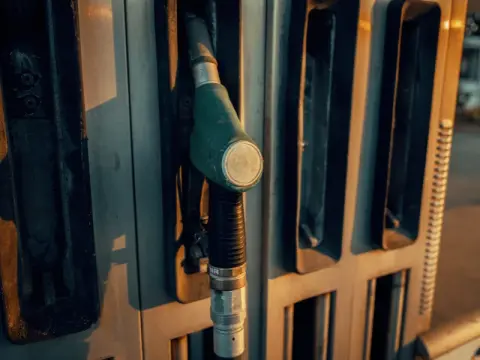
Choosing the right fuel card pricing model can make a real difference to your bottom line, especially if you manage a fleet or are looking to scale your business operations in 2025. The most common question we hear from customers is: "Should I choose a pump price or fixed price fuel card?"
In this guide, we’ll explain the difference between these two pricing models, the pros and cons of each, and help you decide which one is best for your business.
What’s the difference between pump price and fixed price fuel cards?
Fuel Card Type | How Pricing Works | Key Benefits |
Pump Price | You pay the price displayed at the pump at the time of refuelling. | More predictable for supermarket stations, widely accepted. |
Fixed Price | You’re charged a set price per litre (updated weekly), regardless of what’s at the pump. | Protection from pump price spikes, ideal for budgeting. |
How do fixed price fuel cards work?
Fixed price fuel cards provide you with a pre-agreed weekly rate, communicated in advance (often every Friday), which applies for the following week. This rate is typically lower than the national average, particularly on diesel.
Benefits of fixed price cards:
You’re shielded from midweek price increases.
Easier to forecast fuel budgets.
Great for high-mileage fleets or businesses with regular fuel usage.
Compare more fuel cards here.
How do pump price fuel cards work?
With pump price cards, your drivers simply pay the price displayed at the forecourt. This is often most competitive at supermarkets, where prices tend to be lower than brand-name stations.
Benefits of pump price cards:
Transparent and straightforward pricing.
Works well for low-mileage or variable route drivers.
Accepted at a wider variety of sites, including Tesco, Sainsbury’s, Morrisons, and more.
Which one is right for your business?
Choosing between pump and fixed pricing depends on how, where, and how much your business refuels. Here’s a quick breakdown:
Business Type | Best Fit |
Long-distance delivery fleet | Fixed Price (cost control) |
Local tradespeople | Pump Price (low-cost supermarket refuelling) |
Mixed fleet or nationwide operation | Hybrid / Flexible model |
Still unsure? Try our Compare Fuel Cards tool to get tailored recommendations.
Fuel price trends in 2025
According to the RAC Fuel Watch, fuel prices remain volatile, particularly for diesel. In early 2025, fluctuations of up to 10p per litre were recorded within weeks. That’s why many fleet managers are moving to fixed price fuel cards as a hedge against sudden hikes.
Meanwhile, supermarket fuel remains competitive, making pump price cards a smart option for businesses that prioritise convenience and flexibility.
Final considerations
Whether you opt for pump price or fixed price fuel cards, the right choice will depend on:
Your average mileage.
Typical refuelling locations.
Budgeting priorities.
Fleet size and vehicle types.
Both models offer VAT-compliant invoicing, driver management tools, and online account control, so you’ll benefit either way.
Want to talk it through? Contact our team for a no-obligation consultation, or start your application online today.




